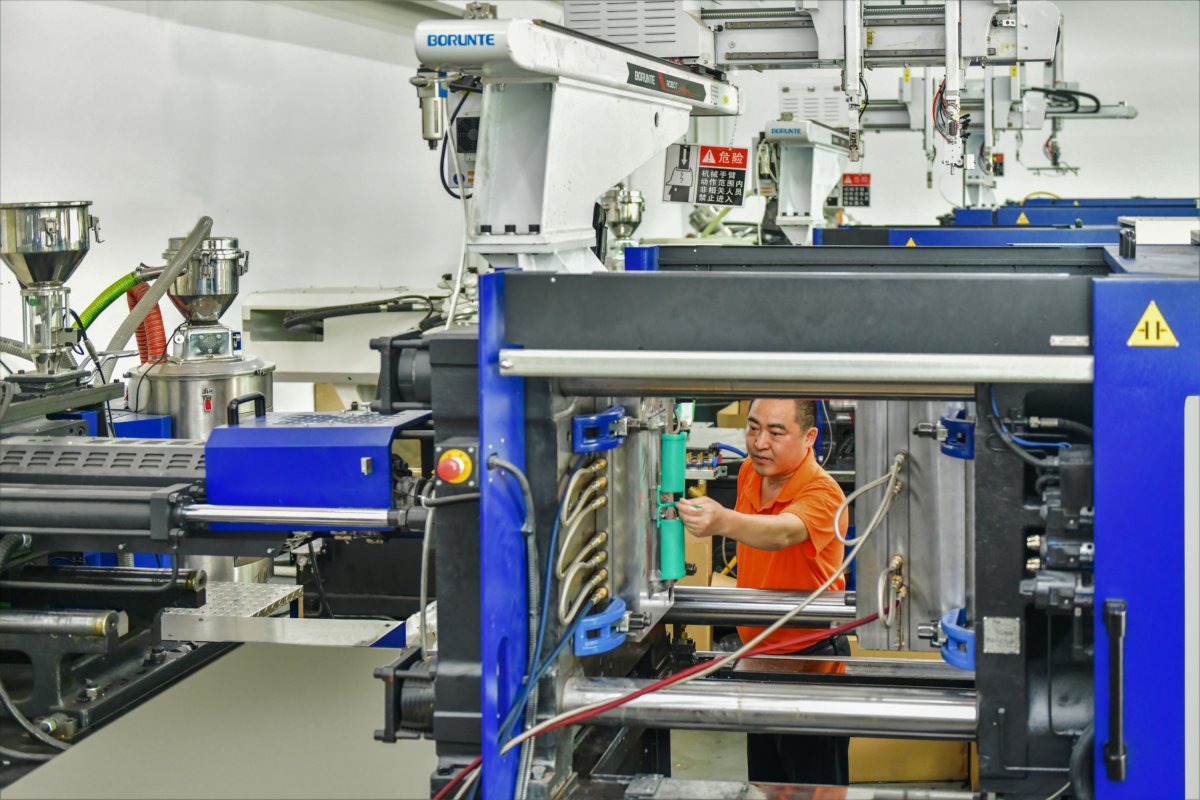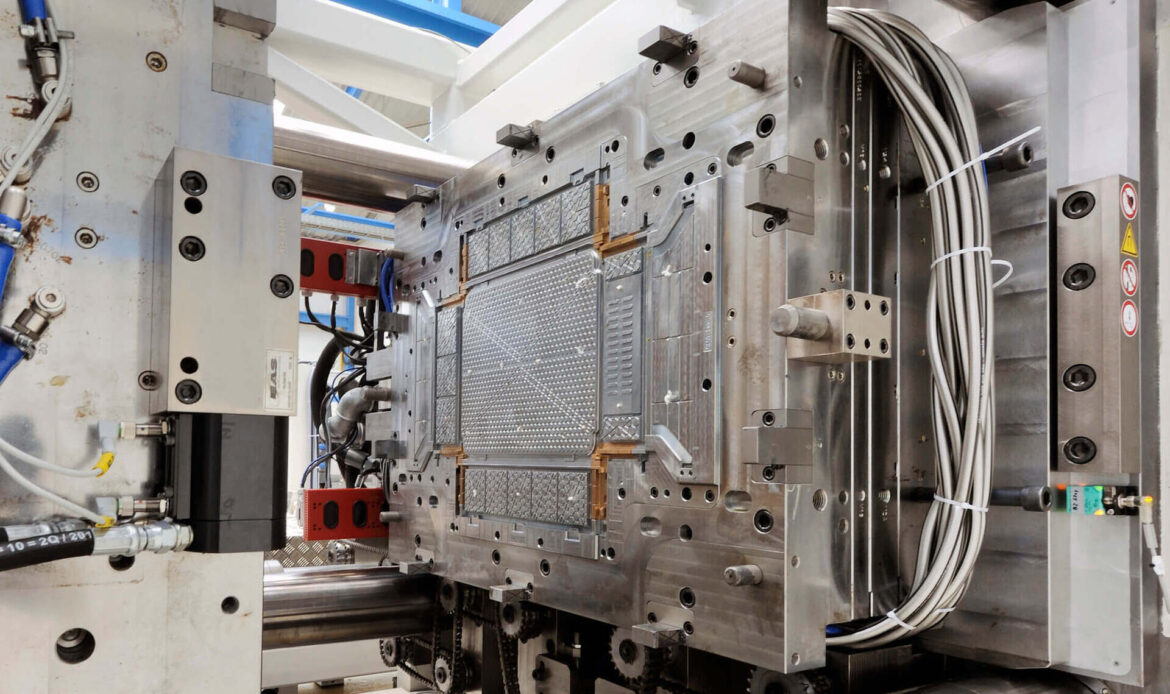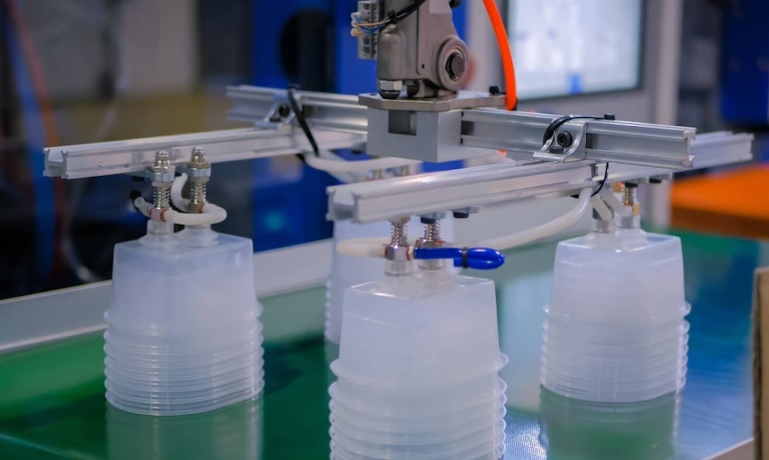Injection molding is one of the most versatile manufacturing processes around. You can create just about any type of product, including but not limited to car parts, kitchen utensils, medical devices, toy action figures, and so much more. Even still, no matter how great the method is, injection molding still has its disadvantages.
Before getting knee-deep in the injection molding game, you’ll want to know what kind of pros and cons come with the process. Will you have limitations? Will your company excel beyond belief in certain areas compared to that of other areas? You have to know before you potentially make a mistake that your company won’t be able to recover from.
In this article, we’re not going to talk about ALL of the advantages and disadvantages. Instead, we’re going to focus on how big or how small your injection mold has to be/can be. Let’s get into it.
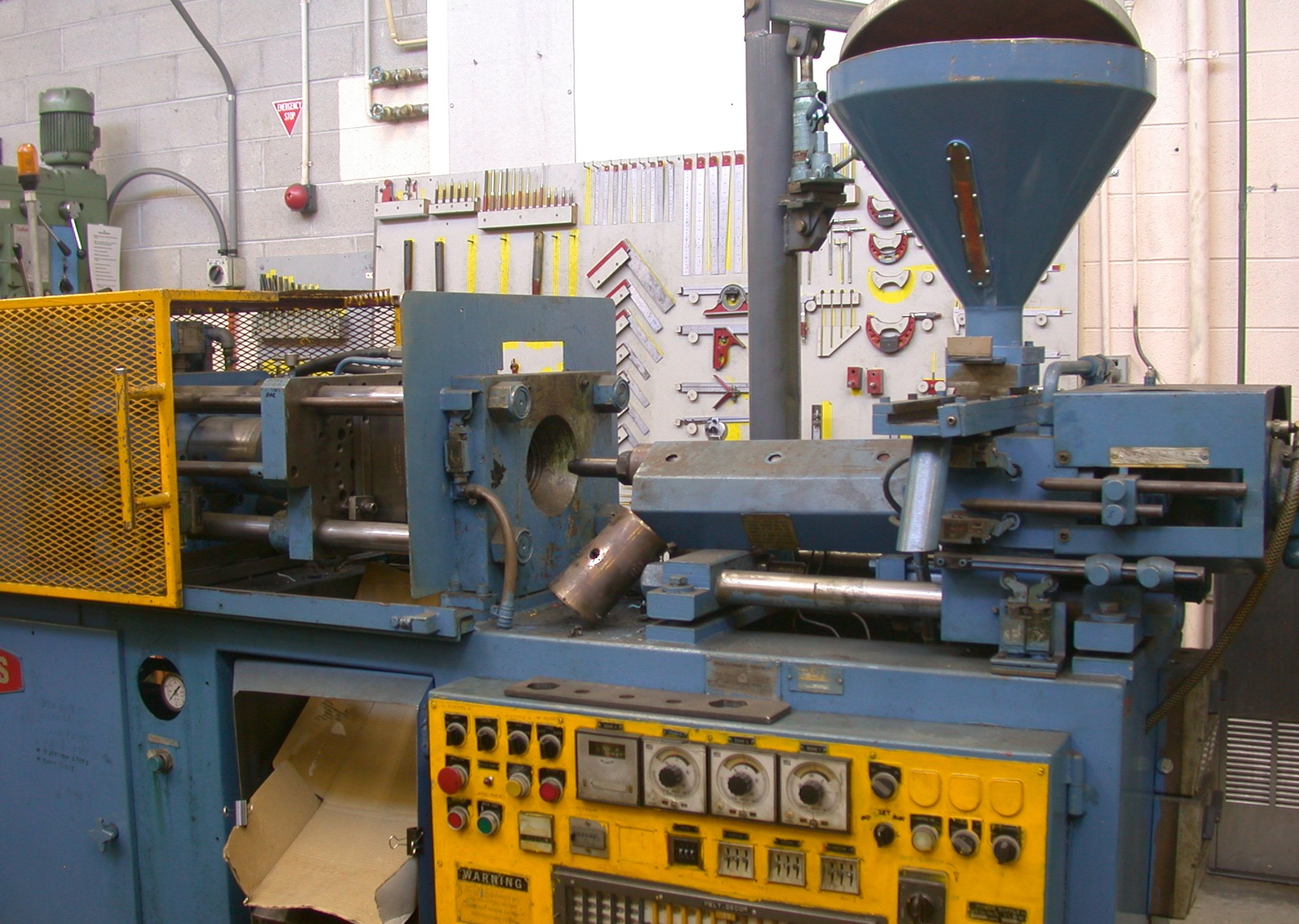
Injection Molding Process
To know how big or how small your part can be with injection molding, we think it’s best to know how the actual process works first. Because, if the process doesn’t seem manageable for you and your company, then it might be best to follow a different route to produce plastic parts.
With injection molding, all you have to do is design the mold and let the rest play out. Keep in mind that even though injection molding is quite simple, the designing behind the mold is much more complex. Once you have the finalized look, all you need is a small tube for the “injection” to take place and the machinery will take it from there.
Inside the small tube is where the magic happens. You’ll streamline plastic beads through it, where they’ll get heated and fed into the mold. From there, the metal mold will keep the beads in place until it’s “molding” and cooled enough to be released. Once the desired temperature is reached, both sides of the mold will separate and the plastic part within will be ejected and ready for packaging/selling.
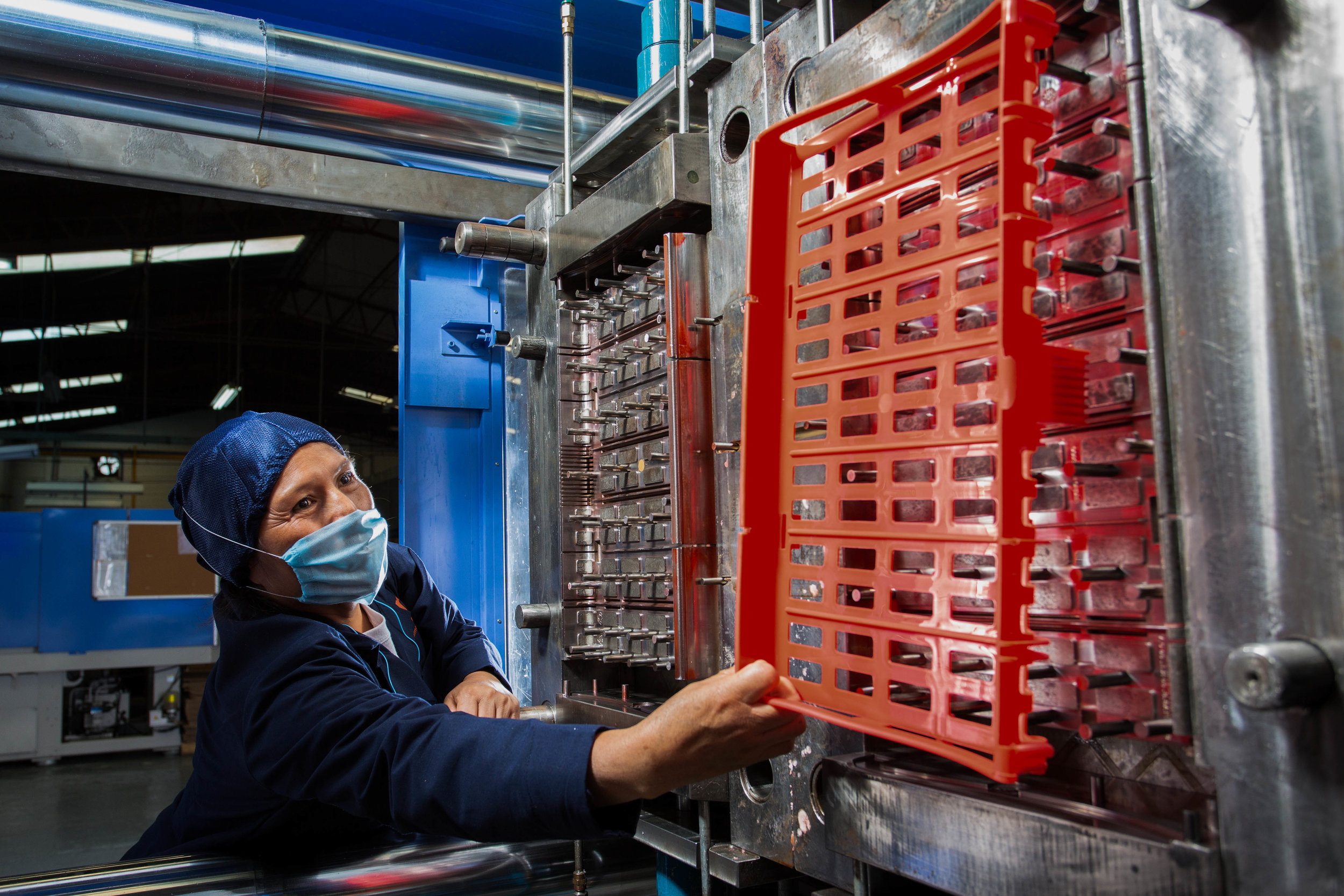
Limitations For Injection Molding
As with any design process, injection molding has its weaknesses and limitations, no matter how versatile it can be. Some things to consider include:
- Size → Truth be told, there is no limit to the size mold you can create with injection molding. But, there’s a catch. There is a limitation to the plastic molding machines. Some machines are large enough to produce septic tanks, whereas other machines can only get toy figurine plastic parts rolling. It all depends on the equipment you plan to invest in, so ask about size limitations before ordering.
- Design → Plastic molding almost always requires a mold to be split into two pieces upon completion. How else would you remove the product from the metal mold? Which makes injection molding not really that useful when it comes to fabricating things like interlocking pieces and undercuts. Also look out for designs that have sharp angles, as a mold may not be able to get the sharpest, most functional piece of equipment out without easy breakage.
- Lead times → Injection molding is great for mass production, as you can proceed quickly with fabricating the same part over and over again. The only problem with this route is that the design process can quite literally feel like it’s taking forever. One singular mold takes weeks, if not more, to perfect, test, and prototype. Only after that process can it go into production. If you’re looking to get something done within a four week timeframe, injection molding may not be your best bet.

